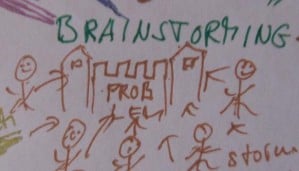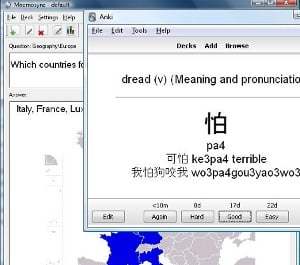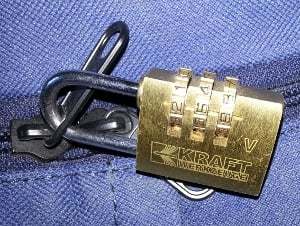A popular myth is that the meaning of Brainstorming is somehow related to generating a storm of ideas in a brain. While this makes sense, the creator had something slightly different in mind when he came up with the term: The word Brainstorming was coined by Alex Faickney Osborn (1888-1966) in his book Your Creative Power, published in 1948. Osborn was a very successful advertising executive and business owner during his time.
This is how Osborn explains how the name “Brainstorming” came about:
“It was in 1939 when I first organized such group-thinking in our company. The early participants dubbed our efforts ‘Brainstorm Sessions,’ and quite aptly so because, in this case, ‘brainstorm’ means using the brain to storm a creative problem and do so in commando fashion, with each stormer attacking the same objective.”
What is brainstorming then?
Following Osborn’s definition, consider a problem a fortress we try to storm with a group of brains (our army):

Classical brainstorming is a group technique to create new ideas. The group takes a specific problem and creates as many ideas as possible in a limited time.

 Spaced repetition software is very effective when it comes to reviewing information you want to remember. In my last post, I have described how to design
Spaced repetition software is very effective when it comes to reviewing information you want to remember. In my last post, I have described how to design 
 If you have read previous posts, you probably already know that I like using computer flash card programs to learn information in all kinds of subjects, including history, biology, geography, terminology, language vocabulary, and Chinese characters. Modern flash card programs are also known as spaced repetition software (SRS). Programs I have used extensively include the free open source programs Mnemosyne and Anki, and Vtrain (a traditional card box program).
If you have read previous posts, you probably already know that I like using computer flash card programs to learn information in all kinds of subjects, including history, biology, geography, terminology, language vocabulary, and Chinese characters. Modern flash card programs are also known as spaced repetition software (SRS). Programs I have used extensively include the free open source programs Mnemosyne and Anki, and Vtrain (a traditional card box program). What is the SQ3R method and why was it developed?
What is the SQ3R method and why was it developed? Creating a secure password is one of the most important things you can do to prevent break-ins into your Internet account.
Creating a secure password is one of the most important things you can do to prevent break-ins into your Internet account. The keyword method, also known as the keyword mnemonic, is among the most widely researched mnemonic strategies. It is one of the most powerful methods for learning the meaning of foreign language vocabulary; you can also use it to remember how to pronounce a foreign language word when given a word in your native language. Other uses include learning of new terminology and facts.
The keyword method, also known as the keyword mnemonic, is among the most widely researched mnemonic strategies. It is one of the most powerful methods for learning the meaning of foreign language vocabulary; you can also use it to remember how to pronounce a foreign language word when given a word in your native language. Other uses include learning of new terminology and facts. Introducing Zotero, free, open-source research software to collect, organize, manage, and share all kinds of information. This includes web pages, articles, research papers, videos, PDF documents and annotations, complete books, and your own notes. Zotero takes the pain out of managing citations and creating bibliographies. It features a Word plugin that works seamlessly with Word and formats citations in all common citation styles.
Introducing Zotero, free, open-source research software to collect, organize, manage, and share all kinds of information. This includes web pages, articles, research papers, videos, PDF documents and annotations, complete books, and your own notes. Zotero takes the pain out of managing citations and creating bibliographies. It features a Word plugin that works seamlessly with Word and formats citations in all common citation styles. In a previous post, I wrote about time boxing as a way to stop procrastinating and getting things done. Combined with a little bit of physical exercise, it does a lot more for me: It turbocharges my day, energizes my mind, and makes me happier. Mind fog is a thing of the past for me.
In a previous post, I wrote about time boxing as a way to stop procrastinating and getting things done. Combined with a little bit of physical exercise, it does a lot more for me: It turbocharges my day, energizes my mind, and makes me happier. Mind fog is a thing of the past for me.